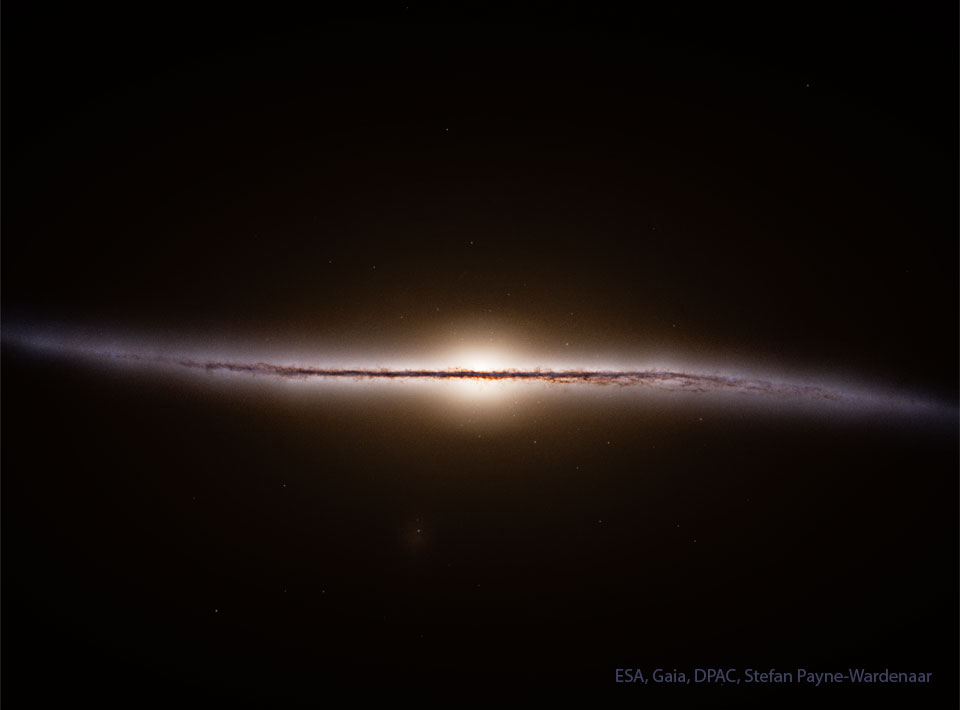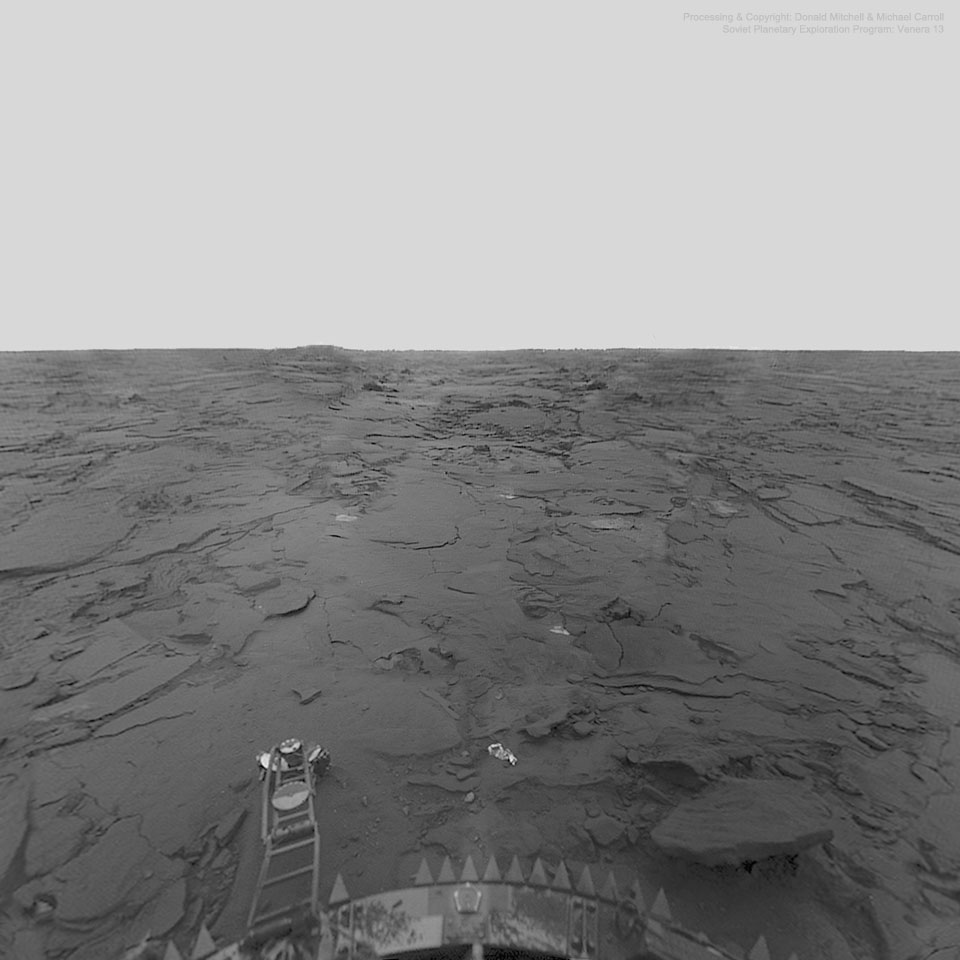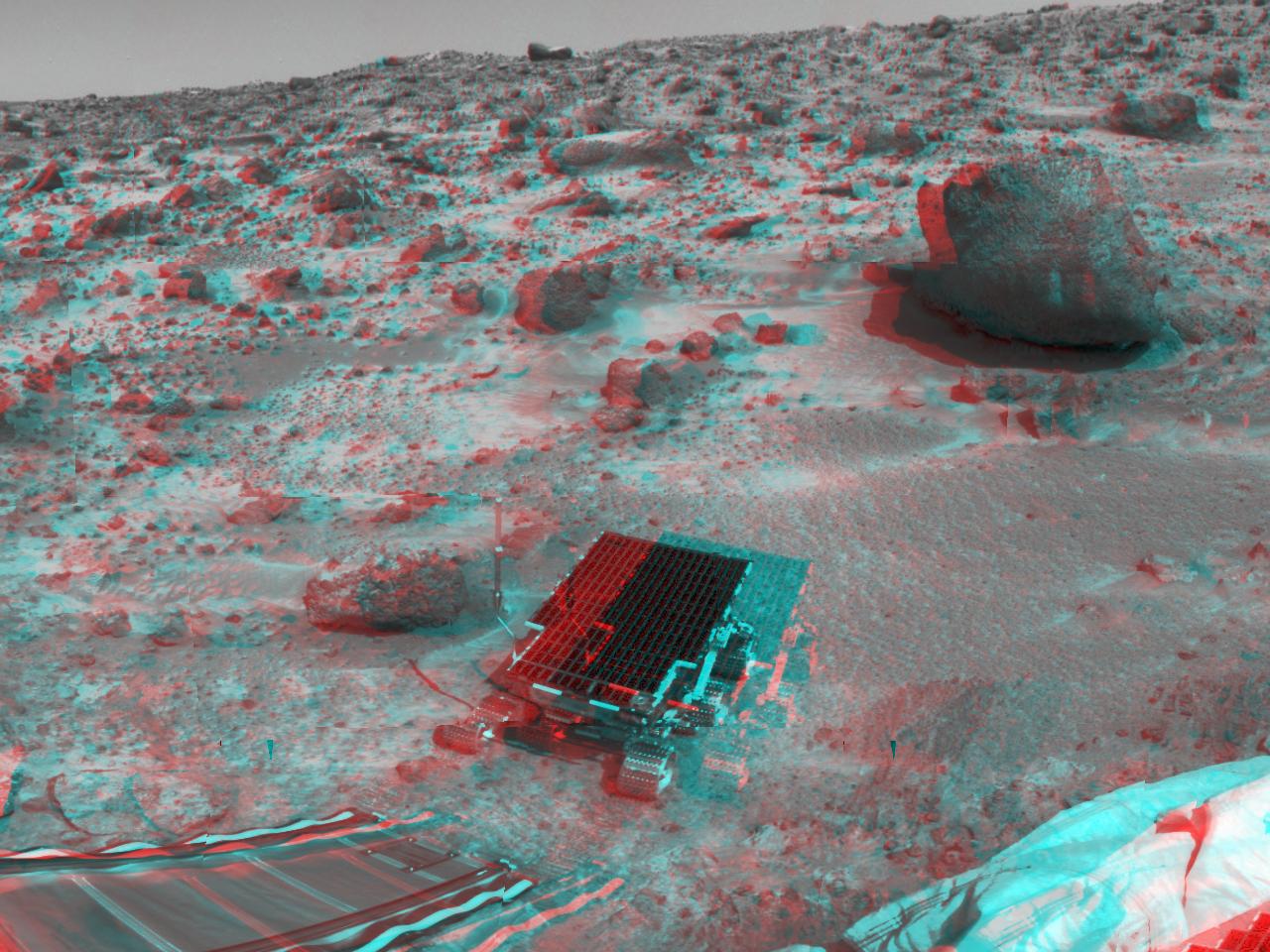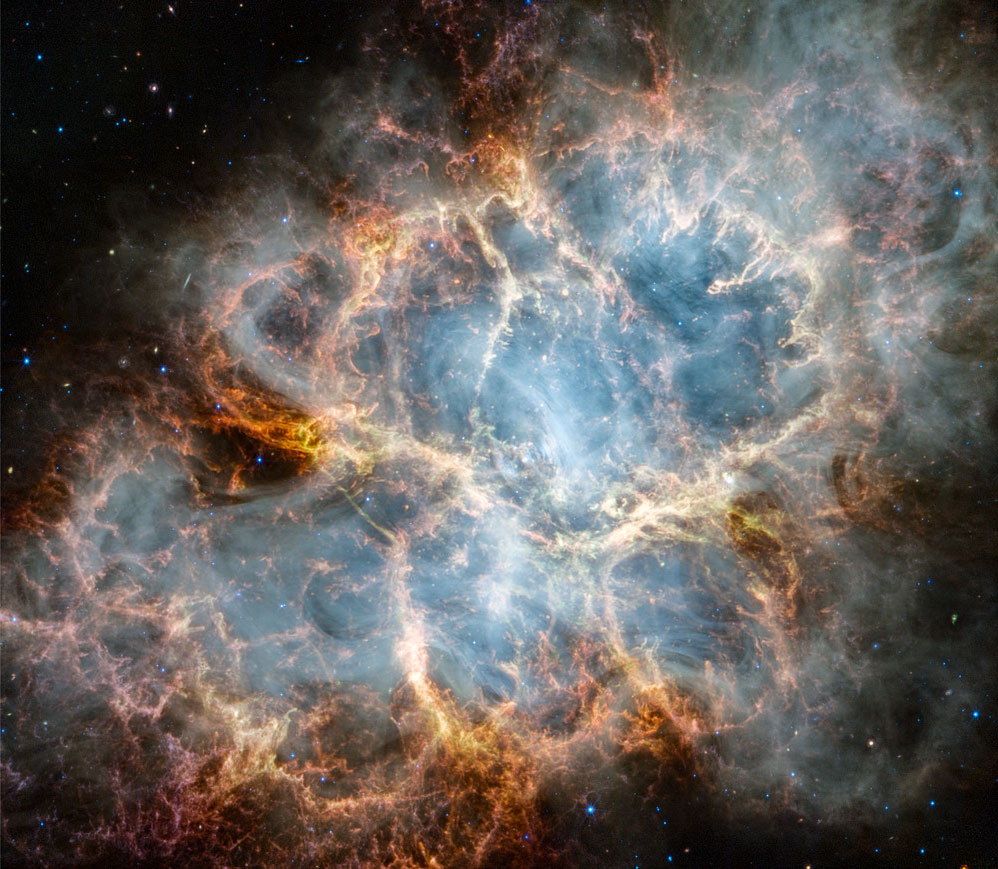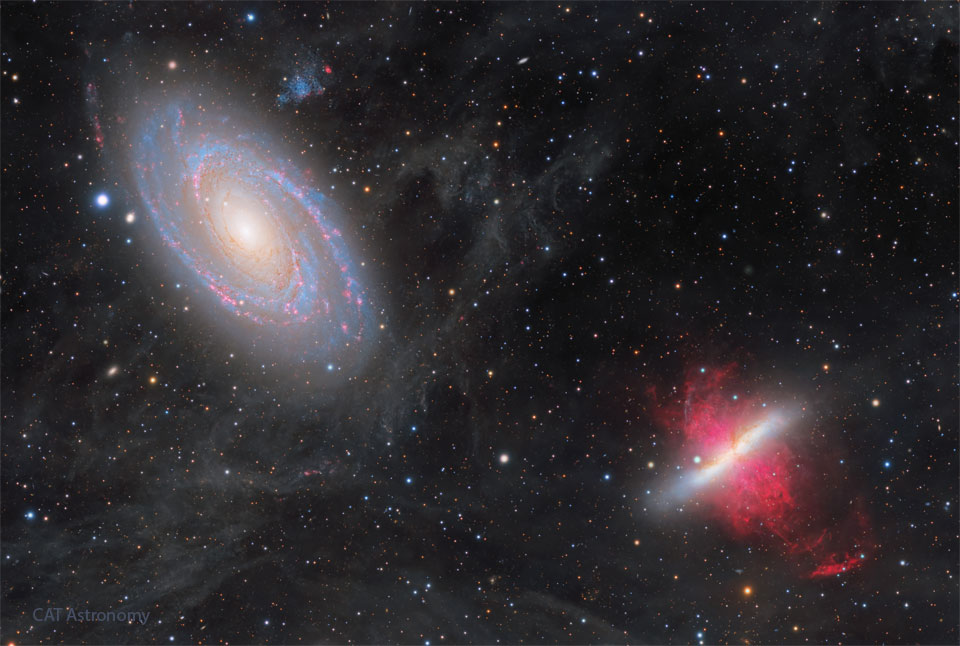Gaia Reconstructs a Top View of our Galaxy
Photo of the Day What does our Milky Way Galaxy look like from the top? Because we are on the inside, humanity can’t get an actual picture. Recently, however, just such a map has been made using location data for over a billion stars from ESA’s Gaia mission. The resulting featured illustration shows that [...]


